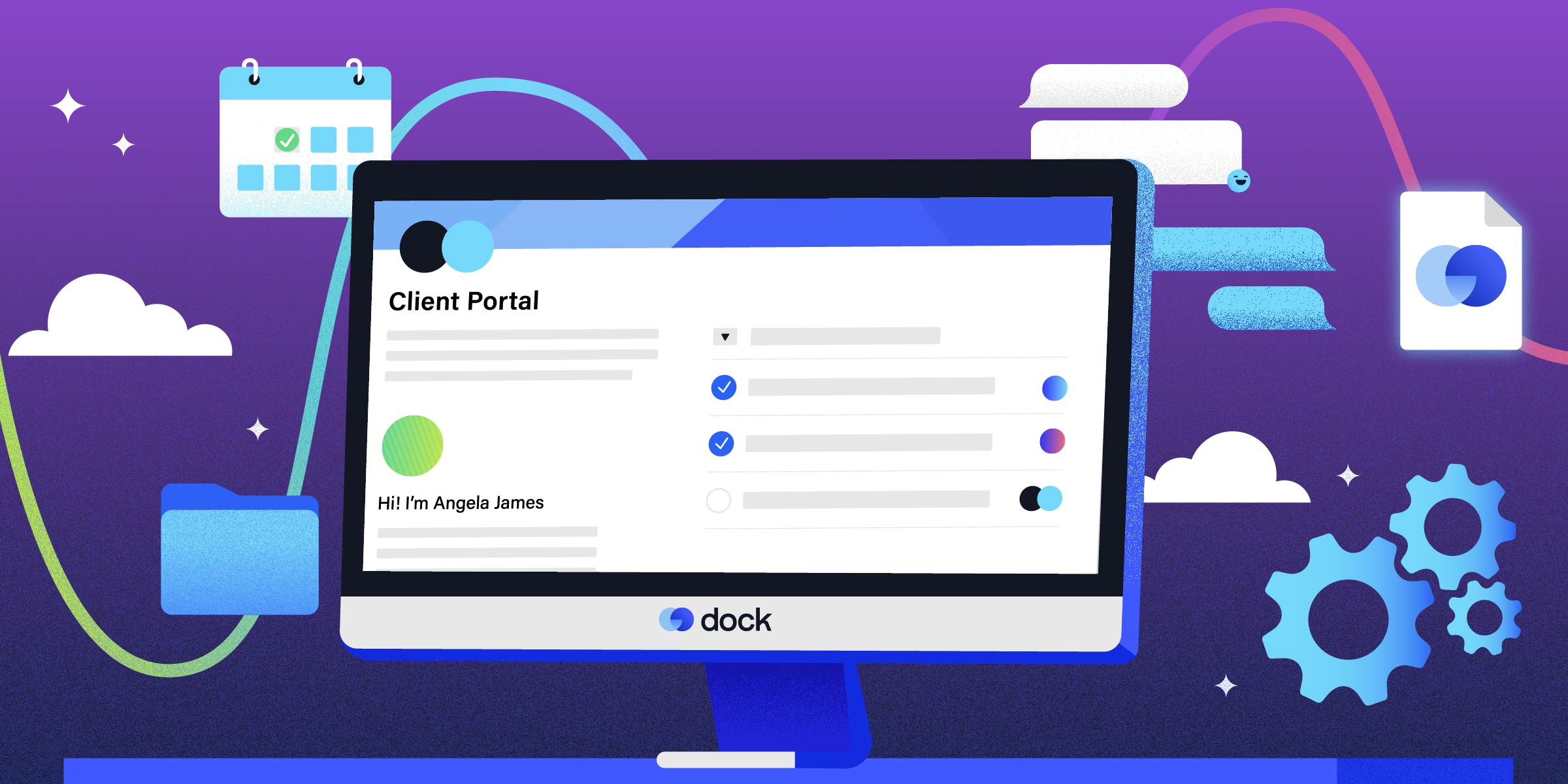Using npm Warning config Global
Npm warnings are annoying. However, they can cause future issues if not fixed.
Learn how to fix npm warn config global with step-by-step guides and real-life examples.
This setting enables the npm version command to tag a package’s latest version with a GPG signature. It requires you to have set up GPG keys in your git configs for this to work properly. Here we will discuss about “npm warn config global `–global`, `–local` are deprecated. use `–location=global` instead.”
1. npm warn
If you’re using Windows or a Unix-like system, you can use npm warn config global to help you keep track of versions of your dependencies. This option will alert you when a specific version of a package is deprecated, which can be useful for updating your application’s dependencies.
If this option is set, npm will also check whether or not the package has an alternative version that you can use. The warning message will include the alternative package name and a link to the repository. You should review this information and see if you’re in a situation where the package needs to be updated.
The deprecation notification can be especially helpful when npm is used as part of a continuous integration (CI) workflow. CI systems can be configured to automatically notify npm when a newer version of a dependency is available, so that you’ll always be up to date.
This is important because if you have a package that’s out of date and it’s still in your dependency tree, it may break other packages in the same environment. The best way to get a handle on this is to run npm version and then update the package as soon as it’s available.
npm version can be a handy tool for keeping up with changes to your dependencies, but it’s not always easy to keep track of what’s out of date and which ones need to be updated. The npm warn config global helps you to identify which ones are out of date and which ones can be safely ignored.
npm warn config global is available for a variety of different languages and environments, including Python, Go, Node, and even C/C++. It’s very easy to use, so give it a try today!
2. npm ls
The npm ls command lists all of the packages that are installed by npm and their dependencies. This can be useful for identifying vulnerabilities in your dependencies, or to get an overview of what you have installed.
This command also provides some configuration options that you can use to customize the way npm works. These configuration parameters can be set using npm commands or environment variables. For example, you can set the config global value to warn by putting -g warning on the command line.
npm can also install packages globally, which means that they are stored in the prefix/lib/node_modules directory, which is owned by root. This can cause permission errors if you do not have root permissions on the system, so it is important to change the default installation location if possible.
If you do not want npm to install your packages globally, use the local mode option. In local mode, npm installs packages in the node_modules folder of your parent working directory.
This setting can also be used to control whether or not npm installs all package dependencies. This can be used to avoid installing package dependencies that you do not need, and to ensure that your project does not bloat with unnecessary dependencies.
The ca option lets you configure npm to only allow access to packages that have been signed by the npm certificate authority (CA). This can be set to null for a generic CA, or to a specific one to only allow access from a certain CA.
Another setting is the color option, which allows you to customize how npm outputs stdout. By default, this is set to warn, but you can also choose from a list of other settings that give you additional logging options: silent, error, http, info, and verbose.
3. npm version
NPM stands for Node Package Manager and is the default Javascript package manager for NodeJS. It uses a command-line interface (CLI) to interact with the NPM registry and its online database to add or update packages.
NPM has several options to configure its behavior, including the npm config global parameter. These parameters can be set either by setting them directly in an npmrc file or environment variable, or by using a flag prefixed with npm_config_.
The npm config global parameter is used by npm to control a number of different aspects of the CLI. Specifically, it controls the way that npm behaves when running commands, ensuring that commands run as the correct user and do not overwrite files or directories unless they are explicitly allowed to do so.
It also controls the location of user-level configuration files, the location of the npm cache directory, and the npm umask value to use when setting file creation mode on files and directories. The npm umask value is masked against either 0777 or 0666, depending on the type of file being created.
When you run npm install or npm update, the npm version is automatically updated to the latest available version of the package on the npm registry. You can also install or upgrade to an older version of the package for any reason, such as when resolving compatibility issues or bugs.
Another option for controlling how npm works is the ca parameter, which tells npm to use a client certificate to authenticate with the registry. This can be used to create a private registry, or to allow npm to automatically connect to a specific certificate without having to specify it every time.
4. npm install
npm install is a Node package manager that allows you to easily install modules from the npm repository. npm can also install dependencies and devDependencies for you, so that they are available to you when you are working on your project.
When you use npm to install a module, it will create a new directory called /node_modules under the root of your project. This directory will contain all the dependencies of the installed module, and any additional dependency modules you might have for it. You can check the installed version of a module by expanding this directory, which will show the full list of dependencies.
For example, if you use npm to install the express package, it will also install its dependencies. These include all of the packages that are included with express.
If you are using npm to build a project that you plan to distribute as part of an open source project, you might have to configure your package so that people can only download it from the repository you are using. This is called a contributor covenant, and it includes a code of conduct that you must agree to abide by when you contribute to the open source project.
You can also set up your npm package so that users can only use it for development purposes. This requires that you use the npm install –save-dev command.
Another option is to use a scoped registry for the package. This can be done by using the npm config scope. This enables npm to map a specific git commit ID to a scoped registry in a remote repository.
npm will then use this registry to install dependencies and devDependencies on the new version of a package. It will also search for tags and refs in the remote repository that match the range given by semver> or #semver:semver>, as long as those tags and refs are available on the remote repo.
5. npm update
The npm update command installs the latest npm version and also updates any dependencies on the current working directory to use the new version. Using the latest version of npm can make your projects run more smoothly and faster than before.
This is one of the most commonly used npm commands, and a good option to keep up-to-date. It also has a doctor mode that installs upgrades and runs tests to check for breaking changes.
You can run npm update on Windows, Linux and macOS with the same command. However, it is recommended to do this as an administrator on these platforms. To do this, you should open CMD or PowerShell as an admin user and then issue the npm version update command.
If you get the error “npm WARN config global –global, –local are deprecated” while running npm update, make sure you’re using the latest version of npm and update all npm config files to match. This is the best way to avoid any future npm update errors.
The npm config consists of a few parameters, including the IP address of the local interface to use when making connections to the npm registry. This must be an IPv4 address in versions of Node prior to 0.12.
npm config can be set using the –config option, which will cause the command to use the specified npm config file. If a npm config is not given, the default will be used.
Workspaces enable the npm install, update, and publish commands to operate on multiple workspaces instead of only on the root project. This is useful when you want to install, update or publish packages that are not included in your project’s main workspace. To know more about “npm warn config global `–global`, `–local` are deprecated. use `–location=global` instead.” just follow us.
Also Read:
rajkotupdates.news : pubg developer krafton has filed a lawsuit against garena free fire
rajkotupdates.news : the ministry of transport will launch a road safety navigation app
rajkotupdates.news : rrr filed pil in telangana high court before release
rajkotupdates.news:a-ban-on-fake-youtube-channels-that-mislead-users-the-ministry-said
rajkotupdates.news:apple-iphone-exports-from-india-doubled-between-april-and-august
rajkotupdates.news : tata-group-takes-the-rights-for-the-2022-and-2023-ipl-seasons
rajkotupdates.news : do you have to pay rs 89 per month to use instagram
rajkotupdates.news:a-historic-day-for-21st-century-india-pm-modi-launched-5g-in-india
rajkotupdates.news:pm-modi-india-plans-to-launch-5g-services-soon









